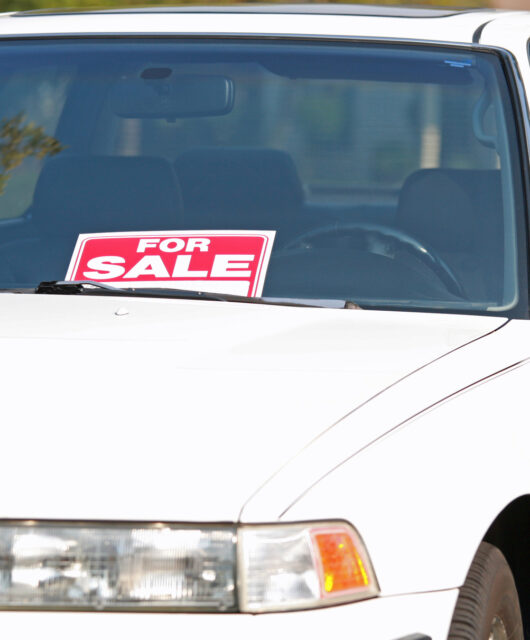How Child-Proof is My Car?
 As summer approaches and coronavirus restrictions are lifted, you may be planning to travel more with your children. Children are among the most vulnerable passengers when traveling in a vehicle, so you must do all you can to ensure they stay safe and secure at all times. Before you get on the road, there are important safety measures to follow and review to ensure your vehicle is fully child-proof to keep your children safe during long trips.
As summer approaches and coronavirus restrictions are lifted, you may be planning to travel more with your children. Children are among the most vulnerable passengers when traveling in a vehicle, so you must do all you can to ensure they stay safe and secure at all times. Before you get on the road, there are important safety measures to follow and review to ensure your vehicle is fully child-proof to keep your children safe during long trips.
One primary detail you must be aware of as you perform your vehicle check is your vehicle’s ability to keep your kids secure in their seats. Kids who jump and move around excessively as the vehicle in motion not only endanger themselves but distract you as the driver, raising the potential of an accident. To ensure your car is ready to transport your family safely, follow the guide below on child-proofing your vehicle.
Steps to Child-Proof Your Car
Child-proofing your vehicle is just as crucial as child-proofing your home, although many parents seem to forget this. The number one cause of children’s deaths in the U.S. is car accidents, so you must not allow this oversight to endanger your kids. You can’t avoid car accidents altogether, but you can make your vehicle as safe and secure as possible for your little ones. Preventative action is always the best protection! Follow these steps below to make sure your car is as reliable as possible for transporting your kids.
- Have car seats professionally installed. No matter how confident you are in your ability to appropriately install a car seat, it is best to have this done by a professional. This way, it will have maximum security in installation, and your installer will alert you to any flaws in the car seat before it’s too late.
- Test the seat belts. Take a look at your seat belts and determine their reliability by asking the questions below. Before you perform the seat belt test, make sure your child is sitting with their back completely against the seat with their knees bent at a comfortable angle.
-
-
- Is their seat belt positioned across their shoulders?
- Is the lap belt positioned as low as possible on their body? (Is it touching the thighs?)
- Will they be able to sit comfortably in this position for the duration of the trip?
-
- Teach your kids about the trunk release. In case of an emergency, make your kids aware of the automatic trunk release (vehicles manufactured after 2001 should have a glow-in-the-dark handle for this mechanism).
Sit the Kids in the Back
Studies have shown that the backseat is, by far, the safest seat in the car. Passengers in the backseat face lower risk of injury, so it is best to sit all children under the age of 15 years here. Younger children should be seated in the middle backseat, as this is the safest position of them all due to its distance from the doors and other vehicle components. Once you’ve performed a thorough child-proof vehicle check and have seated your children appropriately, you’re ready to hit the road!









